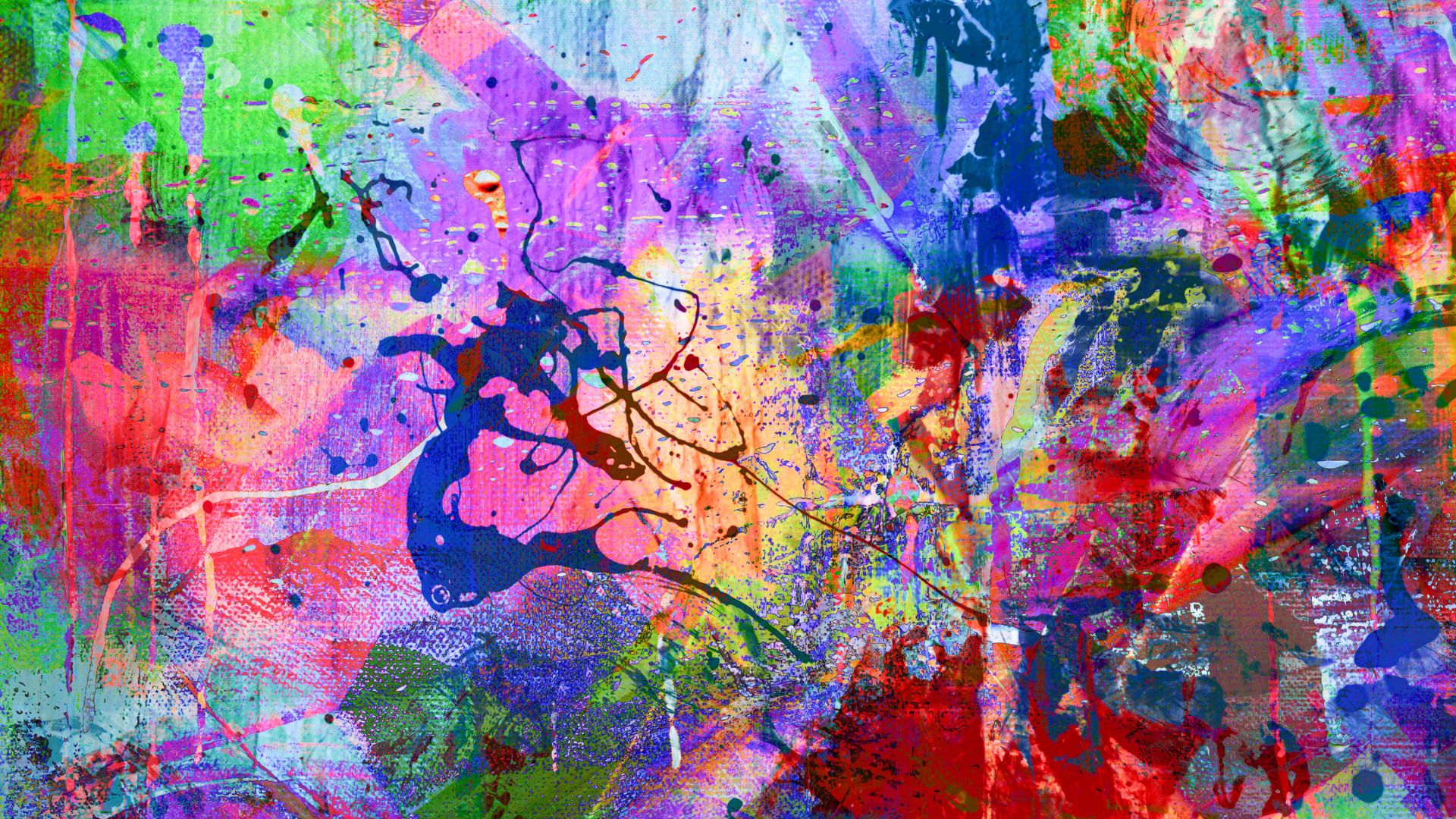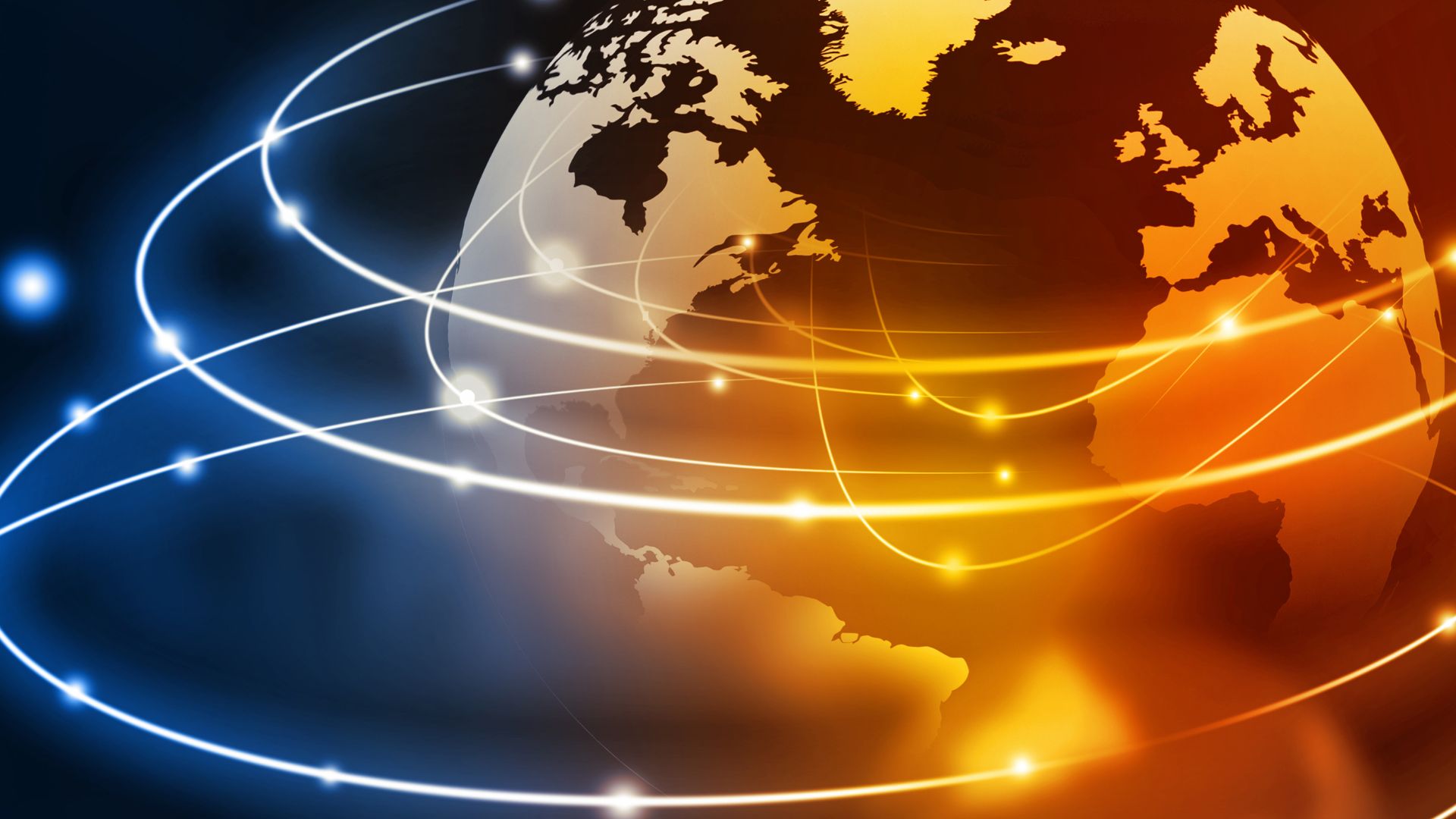As the world grapples with resource depletion and environmental degradation, a circular economy (CE) is gaining traction across various sectors, particularly consumer goods. This paradigm shift from a linear model—where products are made, used, and disposed of—to a circular one emphasizes sustainability, resource efficiency, and innovative design. In this context, research and development (R&D) and digitalization play pivotal roles in redefining product life cycles, enhancing sustainability, and fostering economic resilience.
Understanding Circular Economy
The circular economy seeks to maximize product lifecycles through strategies like recycling, remanufacturing, and designing for longevity. According to the Ellen MacArthur Foundation, a circular economy is "an industrial system that is restorative or regenerative by intention and design." It replaces the end-of-life concept with restoration, focusing on the continuous use of materials and energy.
Key Circular Economy Processes
- Recycling: Recovering materials from used products to reintroduce into the production cycle. For example, the recycling rate for plastics in Europe has reached approximately 30% but still falls short of the desired target of 50%
- Remanufacturing: Restoring used products to like-new condition. The remanufacturing industry is valued at about $150 billion globally and has the potential to save up to 85% of the energy used in manufacturing new products
- Product Life Extension: Design products that can be easily repaired or upgraded. Companies adopting this strategy report increased customer loyalty and reduced waste.
The Role of R&D in Circular Economies
R&D is crucial for developing innovative products and processes that adhere to circular economy principles. A recent survey by the World Economic Forum found that 65% of companies are investing in R&D to improve their sustainability efforts. By integrating sustainability into the design phase, companies can create products that are not only functional but also environmentally friendly. Innovations such as biodegradable materials, modular designs for easy repair, and energy-efficient manufacturing processes are essential to this transition.
Evalueserve supports organizations in their R&D efforts by providing insights into sustainable product design and development, helping them identify materials and processes that align with circular economy principles
Digitalization: A Catalyst for Change
Digitalization is transforming how companies manage product life cycles. Technologies like the Internet of Things (IoT), artificial intelligence (AI), and big data analytics enable organizations to track product performance, monitor customer feedback, and optimize supply chain processes in real time. This data-driven approach facilitates proactive decision-making, allowing businesses to address issues like product returns and failures swiftly.
- IoT and Smart Products: IoT devices can monitor product usage, providing insights that inform maintenance schedules and design improvements. For instance, a major appliance manufacturer integrated IoT technology into its washing machines, allowing customers to receive alerts when maintenance was needed. This proactive approach extended product life by an average of two years
- AI and Predictive Analytics: AI can analyze vast amounts of data to predict trends and consumer behaviors, aiding in product design and lifecycle management. Evalueserve employs R&D process redesign to help clients optimize their R&D strategies, ensuring that product innovations are timely and relevant. For example, using AI to analyze consumer return data allowed one client to redesign a product with a high return rate, reducing returns by 25%.
- Blockchain for Transparency: Blockchain technology can enhance transparency in supply chains by securely tracking materials and products. For example, brands like Everledger use blockchain to track the lifecycle of diamonds, ensuring they are ethically sourced.
Case Studies: Success in Circular Economy Initiatives
Several companies have successfully integrated circular economy principles into their business models, showcasing the potential of R&D and digitalization:
- Springfield Remanufacturing Corporation (SRC): This company exemplifies the benefits of remanufacturing, reporting significant cost savings and employee retention through an empowered workforce engaged in sustainable practices. SRC has seen an increase in profitability due to its remanufacturing efforts.
- Patagonia: Known for its commitment to sustainability, Patagonia has implemented a take-back program for its products. This program encourages customers to return used items for recycling or remanufacturing, reducing waste and strengthening customer loyalty.
- Unilever: By leveraging digital tools and R&D, Unilever has restructured its supply chain to minimize waste and promote sustainability. Their focus on using renewable resources has led to a reduction in greenhouse gas emissions from their manufacturing processes
- IKEA: The furniture giant aims to become a circular business by 2030. Its initiatives include offering services to repair and refurbish products, using sustainable materials, and implementing take-back schemes for old furniture.
The Economic Impact of Circular Economies
Transitioning to a circular economy presents substantial economic opportunities. According to the latest data, the circular economy could unlock $4.5 trillion in economic growth by 2030. This growth comes from several avenues:
- Job Creation: The shift towards circular practices can create millions of jobs globally. For example, the Ellen MacArthur Foundation estimates that the circular economy could generate 700,000 jobs in the EU alone
- Cost Savings: Companies that adopt circular economy practices experience significant cost savings. For instance, remanufactured products can be 30-50% cheaper than their new counterparts.
- Increased Resilience: A circular economy reduces dependence on virgin materials, making economies less vulnerable to resource shortages and price volatility.
Building a Circular Strategy: First Steps with LCA and Eco-Design
As companies embark on a circular economy, incorporating Life Cycle Assessment (LCA) and eco-design principles can provide an impactful foundation for sustainable product innovation. Here are a few initial steps to consider:
- Conduct a Life Cycle Assessment (LCA): Evaluate your product’s environmental impact at each stage, from sourcing to disposal. An LCA uncovers specific stages with high resource use or waste, offering data-driven insights to set clear sustainability goals.
- Implement Eco-Design in R&D: Integrate eco-design early in your R&D process. This involves selecting renewable materials, designing for durability and repair, and ensuring parts can be easily disassembled for recycling. Eco-design creates products that meet consumer demand for sustainability and strengthen brand loyalty.
- Partner with Experts for a Targeted Approach: Collaborate with specialists like Evalueserve IP and R&D to streamline LCA and eco-design processes. Leveraging expert insights can accelerate sustainable product development, identify critical materials, and redesign processes to align with circular economy principles.
By adopting LCA and eco-design, companies can establish a circular strategy aligning with regulatory standards and consumer expectations. These steps create a resilient foundation, positioning businesses to innovate sustainably and contribute to a future-focused economy where products support a healthier planet.
Conclusion
The transition to a circular economy in consumer goods is not merely a trend; it is an imperative for sustainability and economic viability. R&D and digitalization are at the forefront of this transformation, enabling companies to rethink product life cycles and implement practices that reduce waste and enhance resource efficiency. By adopting circular economy principles, businesses can meet consumer demands for sustainable products and contribute to a healthier planet for future generations.
Talk to One of Our Experts
By leveraging advanced analytics, market research, and predictive modeling, Evalueserve enables organizations to make informed decisions that align with product life cycle and circular economy goals.


